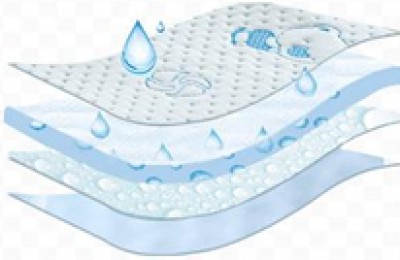June has passed, and to sum it up in one sentence, the world is full of ice and fire! It can be said that success is crude oil and failure is crude oil. How difficult it will be for textile workers this year? The fundamentals of the market have nothing to do with it. We have to pay close attention to the news every day. There are some disturbances at the macro level, and textile workers may be affected.
In the first half of the month, the price of polyester filament rose due to the support of the cost side. However, due to the tepid market conditions in the downstream, it turned into an embarrassing situation of “price but no market”. In the middle of the month, due to the sudden plunge of crude oil, the price of polyester filament fluctuated downwards. Now, now What will it be like in July? The editor’s opinion is that it will continue to move downwards without any accident.
Cut production? What to reduce?
Recently, news came out that the polyester faucet is preparing to self-disciplinely reduce production by 30%. You must know that due to insufficient terminal demand this year, polyester manufacturers have already carried out a self-disciplined production reduction in April, but recently this part of the equipment has also been restarted one after another, so it can We have seen that the polyester load has begun to gradually increase recently, but it is only 75%. In other words, if the load is already very low, how much lower can it be reduced if it is further reduced?
As mentioned before, in July, due to the current falling prices of polyester filament, the only way to protect the price is to reduce production, but so far the specific news has not been confirmed, and although it is said that production will be reduced by 30%, considering that there are still new devices have been put into production, and some devices have been restarted. It is expected that the overall load of polyester manufacturers will not be too low in July.
The epidemic strikes again
Although the new coronavirus was raging last year, after the high summer temperatures in July and August, the epidemic situation around the world improved to a certain extent. Thanks to this, the textile market has gained a breather, a large number of orders have been placed, and weaving, printing and dyeing are busy. However, there has been another outbreak in recent hot weather.
This is definitely not good news for textile people who have just had some hope! As in previous years, the number of samples usually starts to increase around August because Jinjiu is coming soon. After all, although it is the off-season, end customers who were unable to come due to the impact of the previous epidemic have been arriving one after another. Some textile bosses reported that There have been a lot of samples and samples recently. Although I don’t place an order, it’s better than nothing!
Not busy in the peak season, but quite slow in the off-season
The industry’s off-season has arrived as the temperature rises, and the industry’s operating capacity is currently around 66%. Although it is said to be the off-season, the overall first half of this year has been tepid, with the highest operating rate in one week being only 73%. At the end of the day, the lackluster market situation this year is due to the impact of the epidemic. To begin with, the epidemic has affected people’s consumption concepts. They do not choose to buy new items such as clothes if they can be worn again, which has led to the sluggishness of the terminal clothing market. , this time the industry is deserted from bottom to top.
Last year’s epidemic swept overseas, giving us textile people some opportunities. Many “reshoring orders” from Southeast Asia returned to our hands. However, this year, as foreign countries’ negative attitudes of “laying down” in the face of the epidemic were completely relaxed, the epidemic The impact on them has been minimal, and the “reverse flow” of orders is very obvious.
Under the current general background, the sluggish peak season may last for a long time. Most textile people have a wait-and-see mentality. Therefore, the downstream demand for polyester yarn is insufficient. If the cost side does not add fuel to the flames, I am afraid that polyester yarn will not be available in the first half of July. Silk prices will continue to decline.
</p








